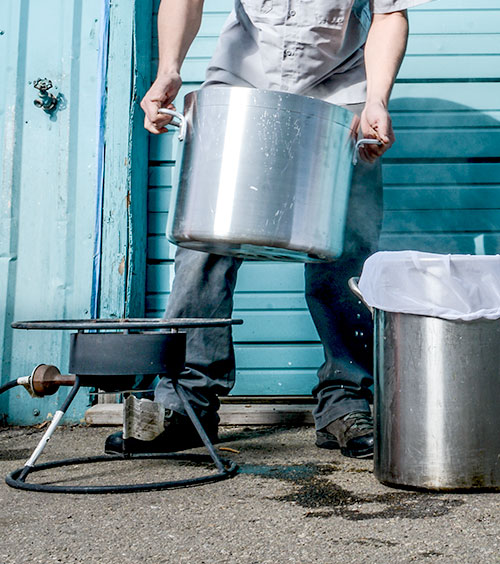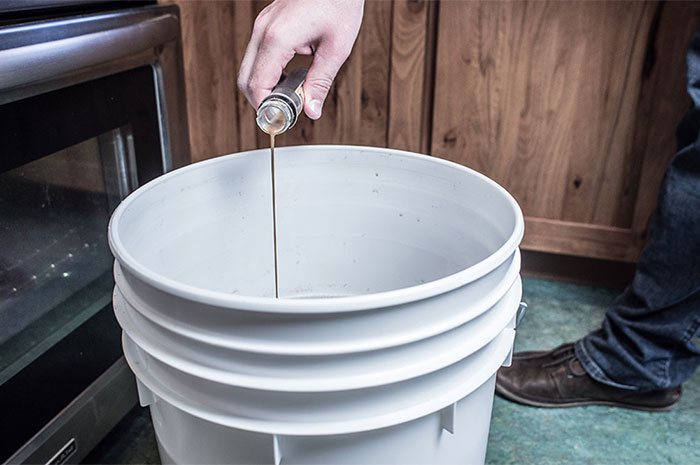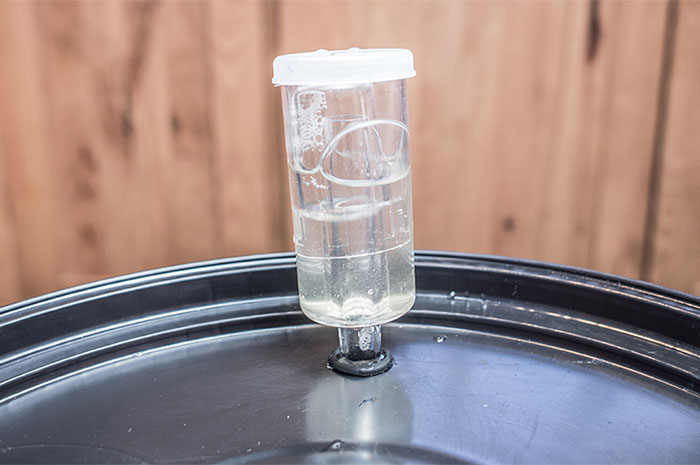
Whether you are new to the homebrewing scene or want to be able to talk beer making with your non-homebrewing friends, a basic understanding of the vocabulary used when learning and discussing the craft is essential.
Here are five terms that any beer nerd should know. For a full glossary of brewing terms, visit the Homebrewopedia.
Wort [wuhrt’]

The bittersweet sugar solution obtained by mashing the malt and boiling in the hops before it is fermented into beer. See also: bitter wort; sweet wort.
In simple terms, wort is what beer is before the yeast gets to work on converting the fermentable sugars into alcohol and CO2. After fermentation is complete and before serving, the liquid is actually uncarbonated beer.
Pitching; To Pitch [pich-ing; pich, too]

To pitch with yeast, which is the action of adding yeast to the cooled wort.
When homebrewers use the phrase “pitching” or “to pitch” they are referring to the process of adding the yeast to the sweet wort.
Gravity [grav-i-tee]

Specific Gravity
Density of a solution as compared to water; expressed in grams per milliliter (1 milliliter of water weighs 1 gram, hence specific gravity equals 1.000). For example, specific gravity 1.046 is expressed as 1046 (ten forty-six). Syn: original gravity
Final Specific Gravity
The specific gravity of a beer as measured when fermentation is complete (when all fermentable sugars have been converted to alcohol and carbon dioxide gas). Syn: final gravity; final SG; finishing specific gravity; terminal gravity.
When discussing gravity, it is important to understand the differences and relationships between specific gravity and final gravity.
The measurement of the density of wort/beer, both before and after fermentation, allow for an indication of alcohol level among other things.
Fermentation [fuhr-mehn-tei’-shen]

The chemical conversion of fermentable sugars in the wort into approximately equal parts of ethyl alcohol and carbon dioxide gas, through the action of yeast. There are two basic systems of fermentation in brewing, top fermentation and bottom fermentation.
Here is one of the simplest yet accurate explanations of the fermentation process: The yeast eats the sugars from the malt and then excretes alcohol and carbon dioxide.
Racking [rae’-king]

The process of transferring fermented beer from the maturation vat into packaging containers—bottles, cans, casks, kegs.
While the definition refers directly to transferring fermented beer, homebrewers typically use “racking” as the term for transferring the liquid, fermented or not, at any point of the post-boil brewing process.



Share Post